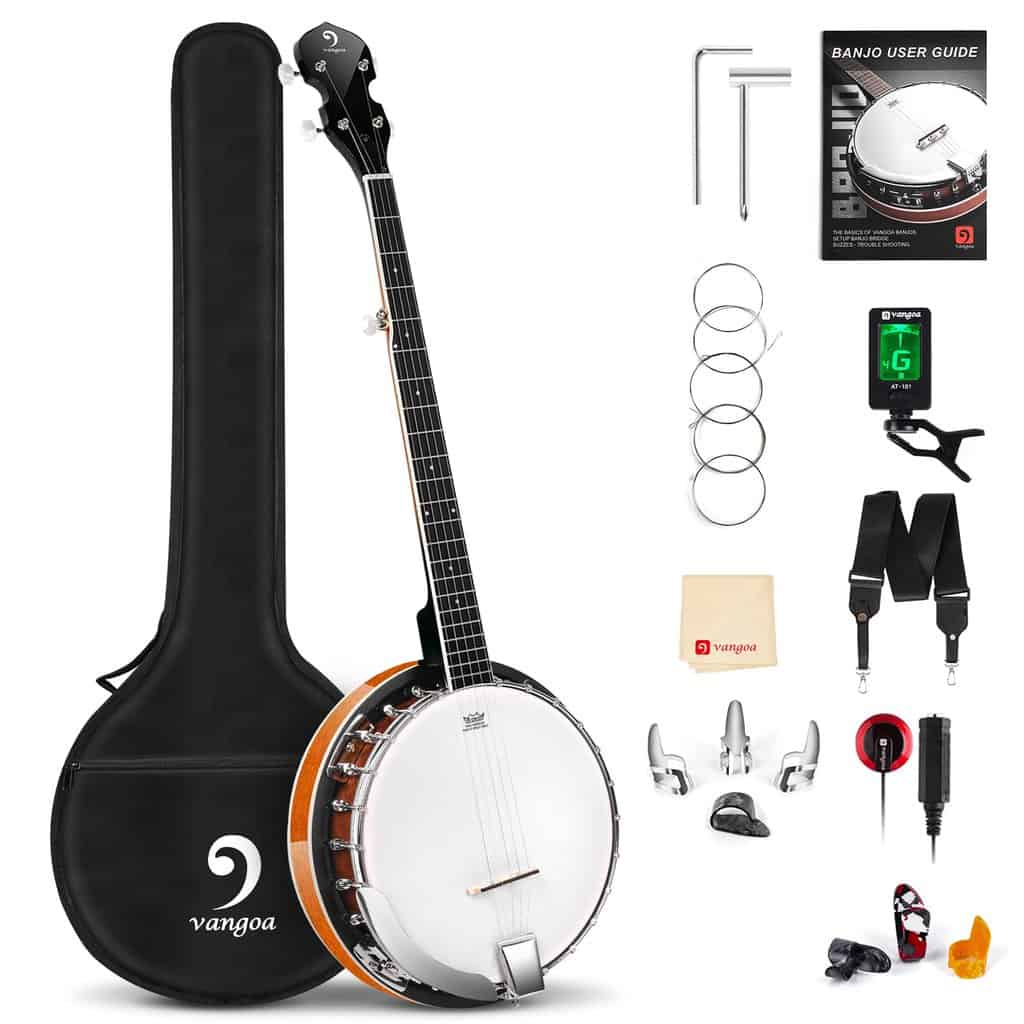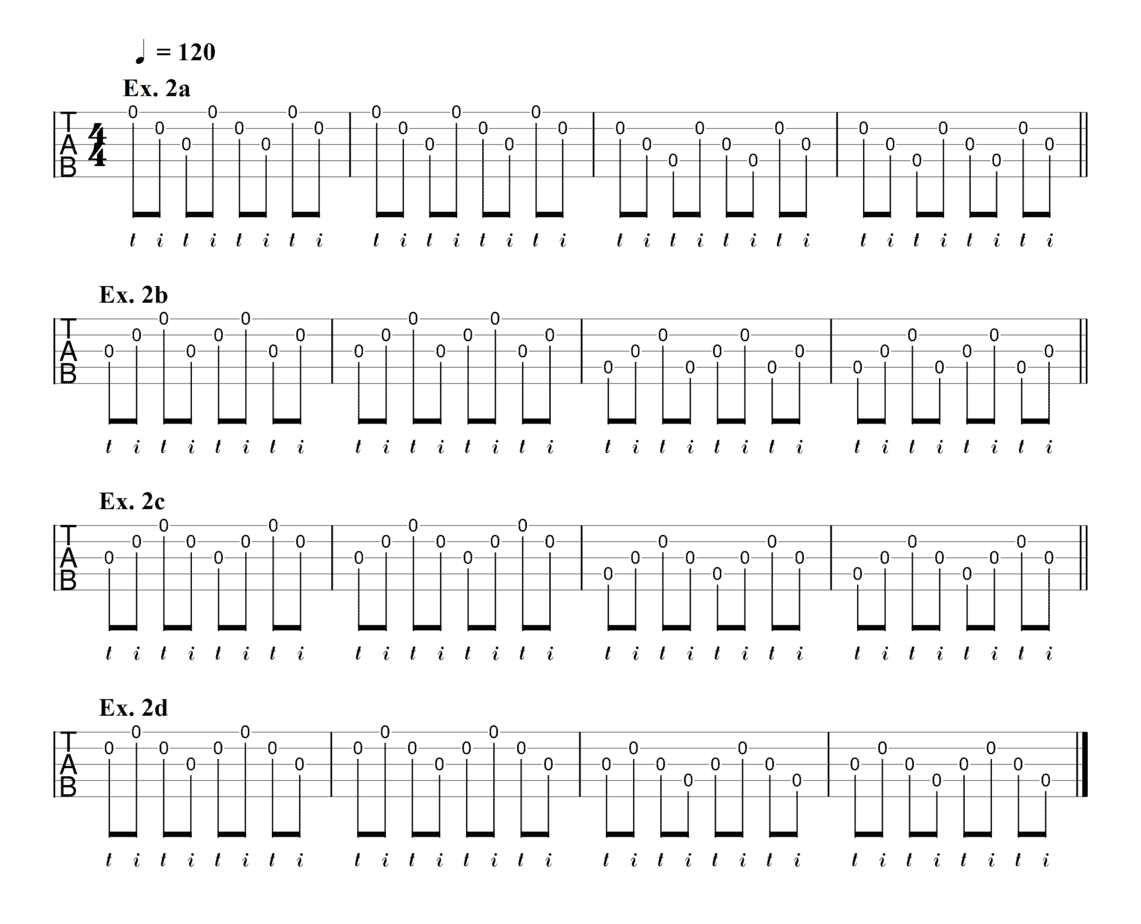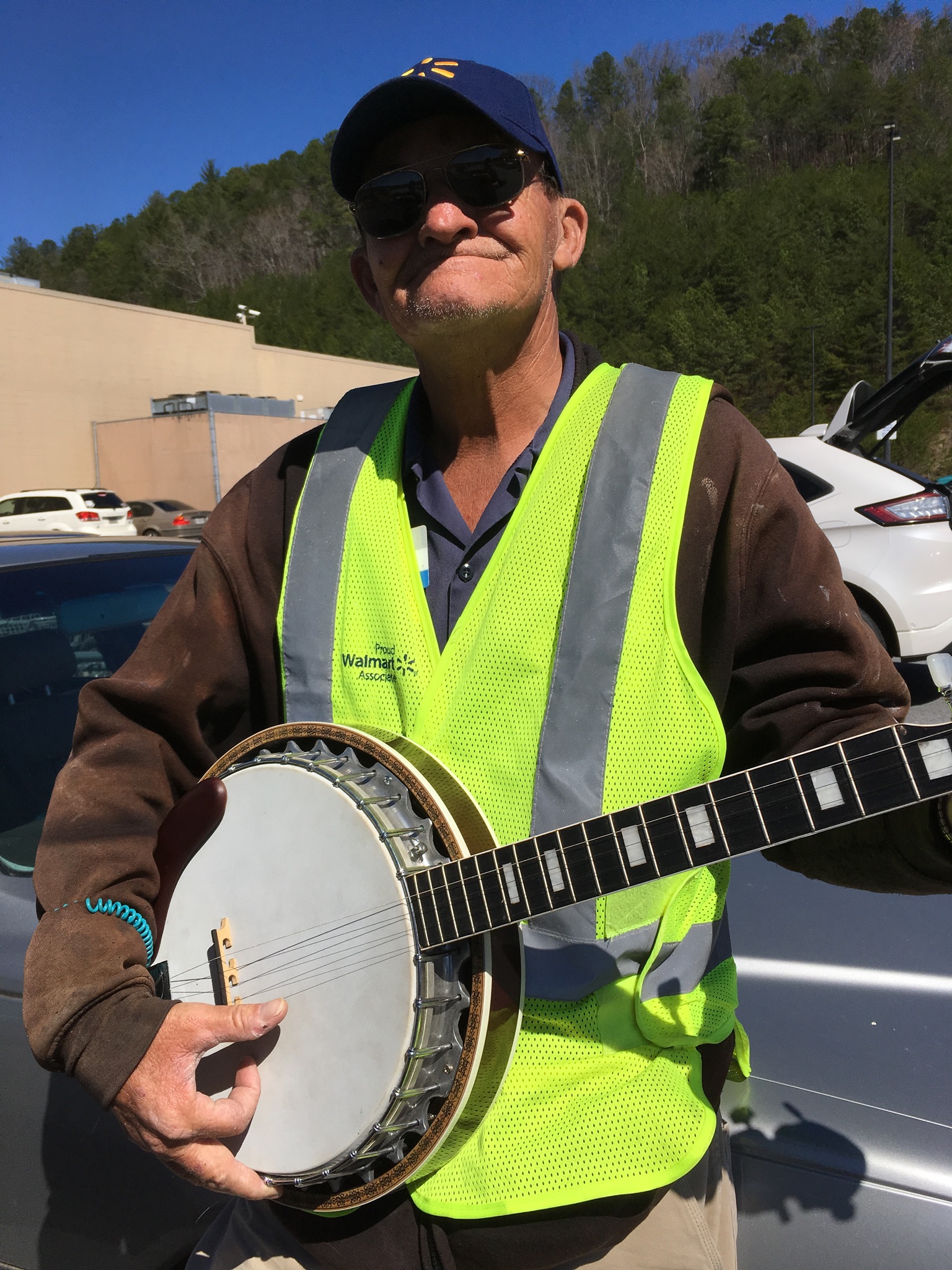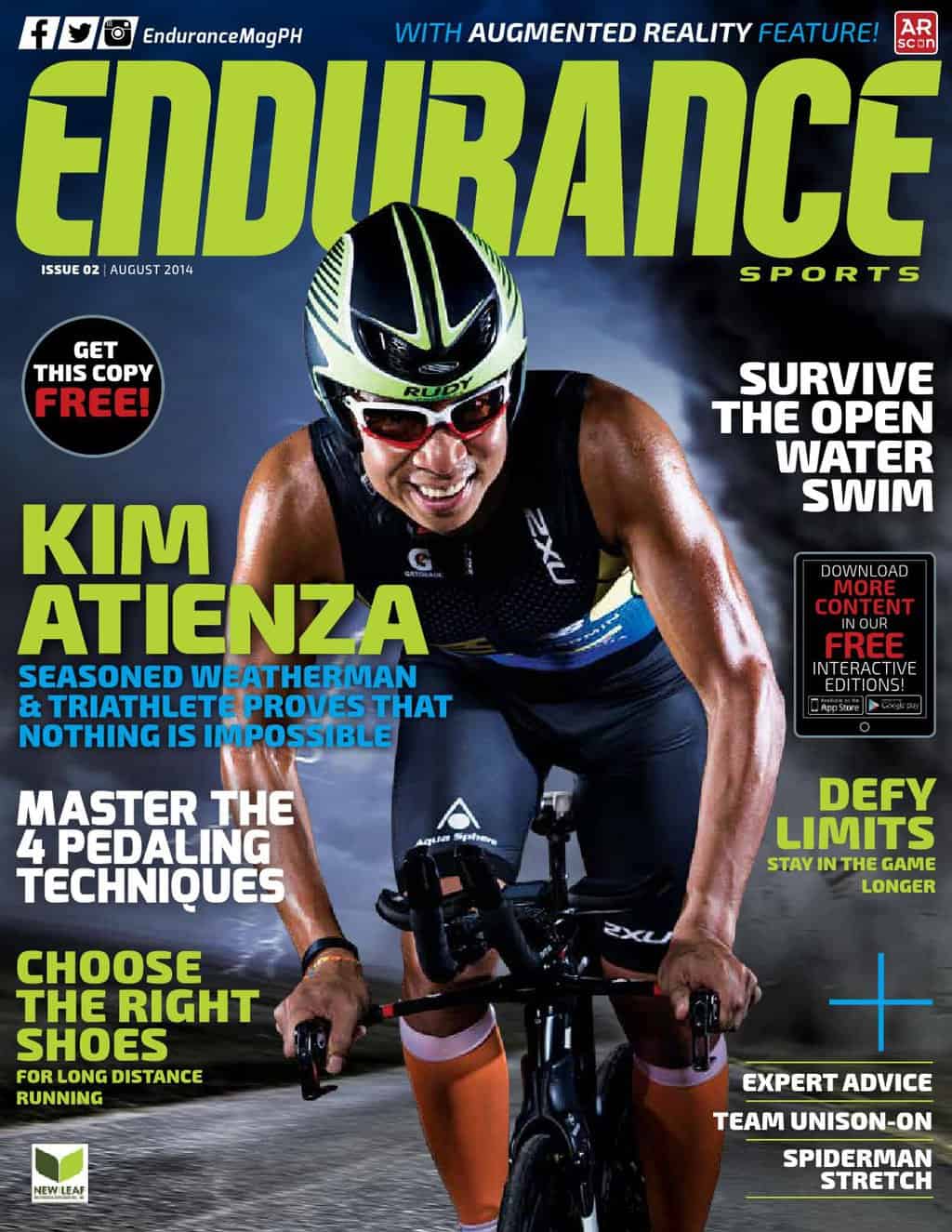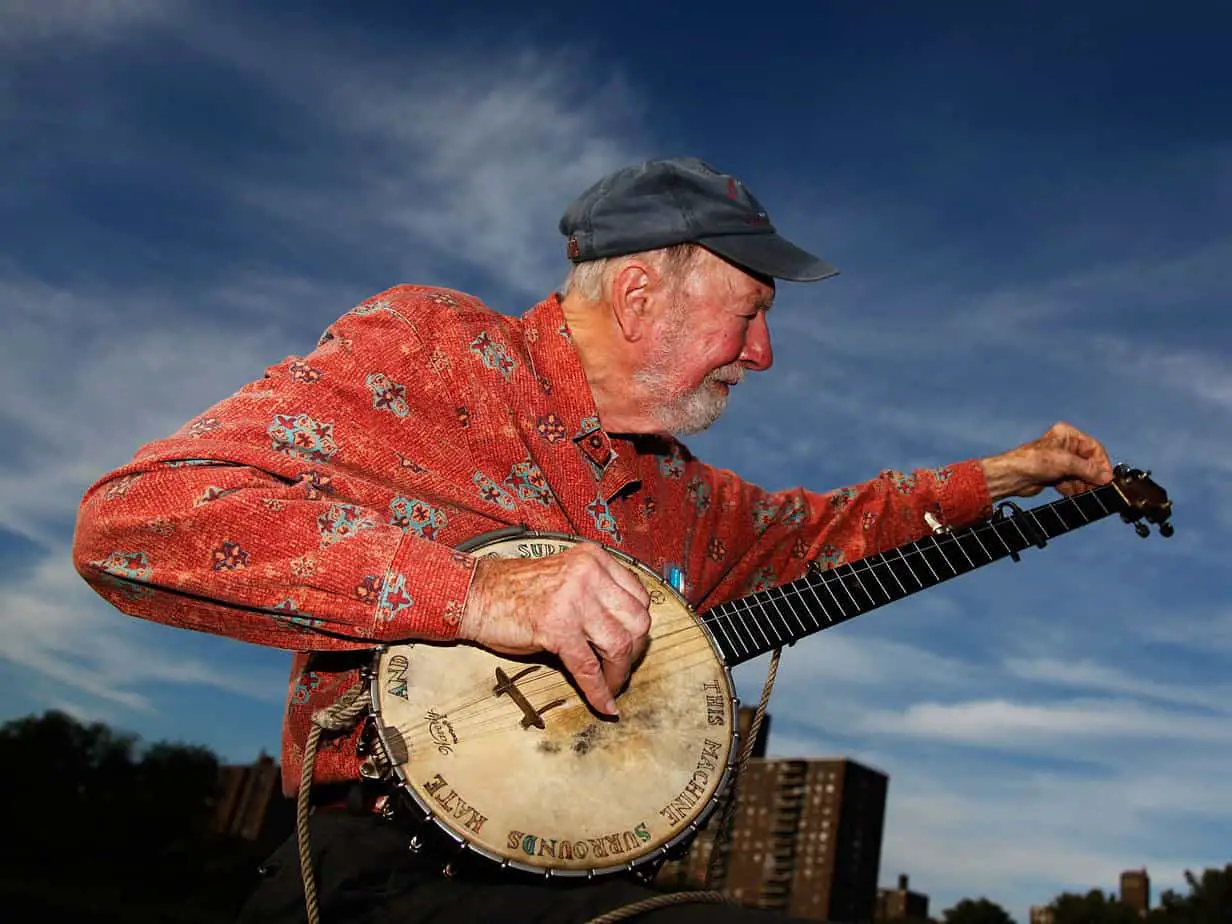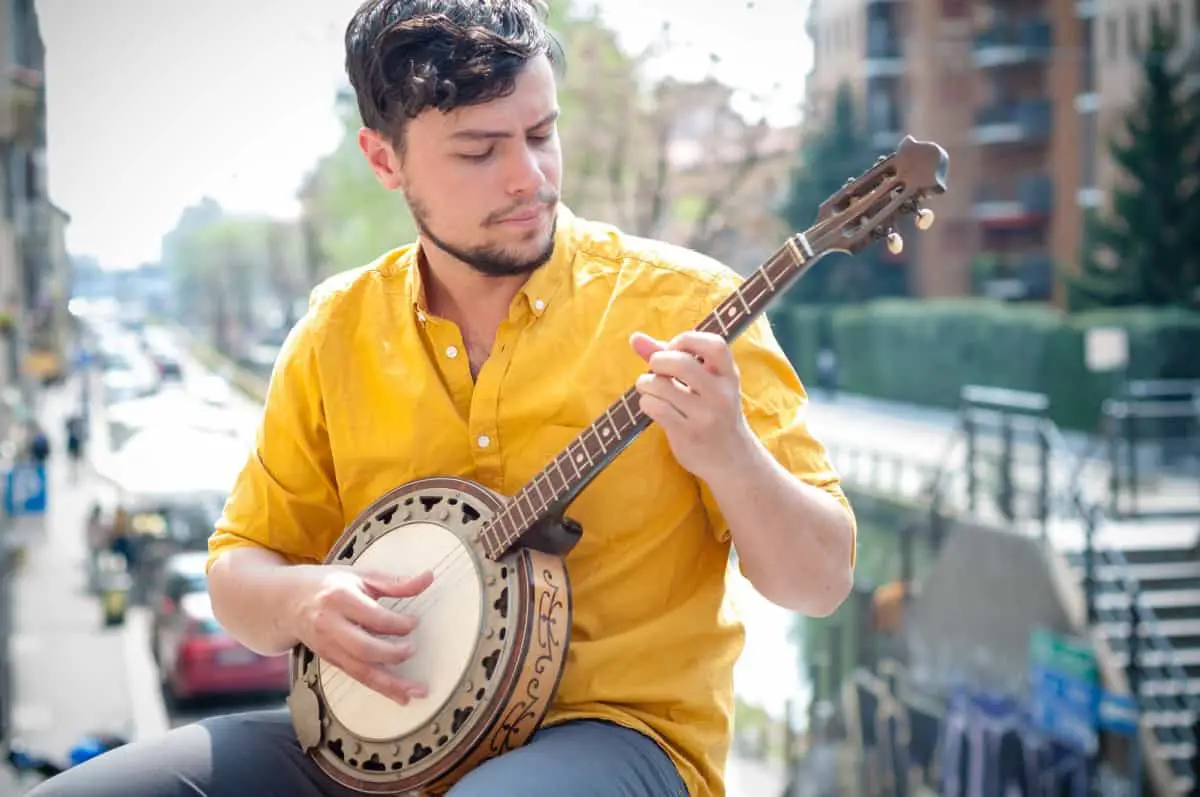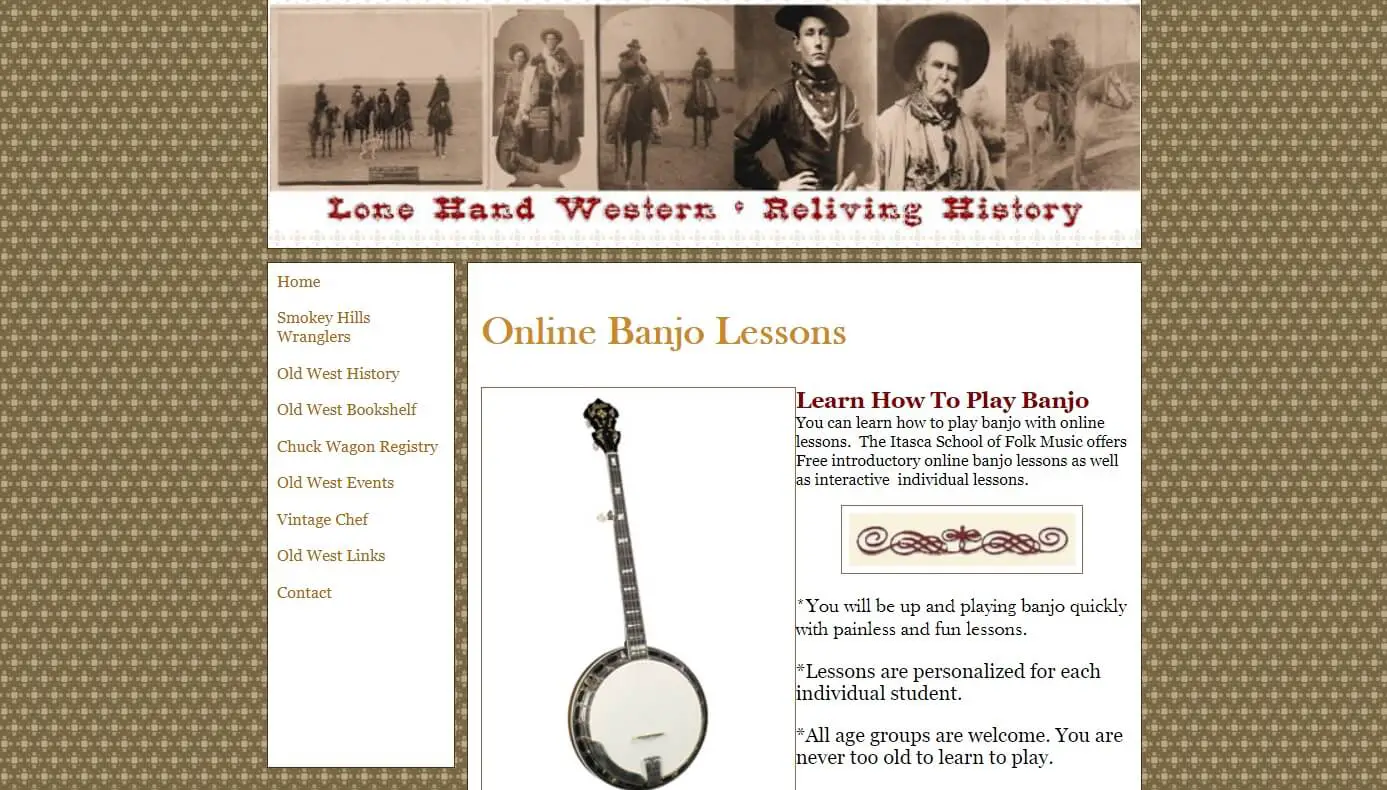Playing the banjo can be a lot of fun, but it can also be challenging to play fast. If you’re looking for ways to increase your speed on the banjo, I’m here to help. In this article, I’m going to share some tips on how to play banjo faster. I’ll discuss techniques for developing your speed and accuracy, as well as provide tips for practicing efficiently. With a bit of effort and dedication, you’ll be playing faster in no time!
Tips for Increasing Speed
| Tip | Description |
|---|---|
| Practice | Frequent practice is essential to increase speed. Practicing with a metronome is an effective way to help improve tempo and accuracy. |
| Stretch | Stretching before and after playing can help to increase the speed of your playing. This will help to reduce muscle tension and improve accuracy. |
| Finger Exercises | Performing finger exercises such as scales and arpeggios can help to increase dexterity and speed. These exercises should be practiced slowly at first and then gradually increased in speed. |
| Play with a Band | Playing with a band can help to increase speed. This is because the other musicians will be pushing the tempo, which will help you to increase your speed. |
| Record Yourself | Recording yourself can help to identify areas to improve upon. You can then focus on those areas to help increase your speed. |
Practice Proper Technique
- Learn the basics and fundamentals of playing the banjo, such as proper hand position, finger placement, and picking technique.
- Practice playing scales and exercises to become familiar with the instrument and to develop speed and accuracy.
- Focus on playing each note cleanly and precisely, striving to minimize any unwanted noise.
- Train your right and left hands separately, focusing on developing the speed of each one independently.
- Utilize a metronome to develop a steady and consistent rhythm while playing.
- Continue to practice and refine your technique to play faster and cleaner.
Use a Metronome
Using a metronome is an effective way to increase your speed when playing the banjo. A metronome is a device that produces precise, regular beats to help you keep time and maintain a steady tempo. The beats of the metronome can help you stay on track and help you focus on the specific aspect of your playing that you are trying to improve. By gradually increasing the tempo of the metronome, you can gradually increase your playing speed. It is important to practice at a comfortable tempo, and then gradually increase the speed as you become more comfortable and confident in your playing. When you reach the maximum tempo you can play at, you can then work on other aspects of your playing, such as accuracy and dynamics.
Isolate Fast Parts
| Step 1 | Break a banjo tune down into small sections. A typical banjo song or tune can be divided into verses, choruses, bridges and solos. |
| Step 2 | Identify the fastest section. This could be a solo or a bridge between two sections of the song. |
| Step 3 | Isolate this fast section and practice it slowly, emphasizing accuracy and fluency. |
| Step 4 | Gradually increase the speed of the section until you can play it at the right speed. |
| Step 5 | Repeat the process for each fast section of the song. |
| Step 6 | Put all the sections together to form the complete song. |
Break Down Complex Passages
- Practice playing each phrase one note at a time. This will help you remember the notes of the phrase and the timing of each note.
- Work on developing your fingerpicking accuracy and speed. Practice picking the same phrase at different speeds to improve your accuracy and speed.
- Break down long passages into small sections. Work on playing each section slowly and accurately before working on playing it at a faster tempo.
- Play along with recordings of banjo music to get used to playing at different tempos and to learn new phrases.
Challenges of Faster Playing
Playing banjo faster can be a difficult task. It requires the player to have increased finger dexterity and strength in order to move quickly between strings and frets. It also requires the player to develop a better sense of timing and rhythm while playing, as they must be able to internally count and keep a consistent tempo. Additionally, playing faster requires the player to develop better hand and wrist coordination, as well as a higher level of accuracy in their playing. Finally, faster playing requires the player to practice and memorize difficult patterns, licks, and melodies, in order to be able to recall them quickly and accurately.
Developing Endurance
- Start with a warm-up routine. This can include stretching, playing scales and chords, and playing a few of your favorite songs.
- Set short-term goals for yourself. Aim to increase your playing time by a few minutes each day. Increase it by an additional few minutes each week.
- Practice for a full hour each day. This will help to increase your stamina and endurance.
- Monitor your progress. Use a timer and keep track of the number of songs you can play in a given amount of time.
- Take short breaks in between practice sessions. This will help to keep your energy and focus levels high.
- Focus on posture. Keep your neck and back in good alignment, and use your arms and hands as if they were weights.
- Maintain good technique. Pay attention to the sound you are producing, and strive for accuracy and consistency in each note.
Overcoming Mental Blocks
Mental blocks can prevent banjo players from playing faster, due to fear of mistakes, lack of confidence, or simply lack of practice. To overcome mental blocks, players should focus on the positive aspects of learning the banjo and set realistic goals. Practicing regularly and breaking down complex techniques into smaller, achievable steps can help players gain confidence. Additionally, players should focus on learning the basics of the instrument, such as finger positions, chords, and scales, before attempting to increase speed. It is also important to be mindful of the body’s physical limitations; too much practice in too short of a time frame can lead to physical strain. Finally, players should seek out feedback from peers and teachers to gain insight and encouragement on their progress.
Resources for Learning to Play Faster
- Online video lessons: Online video lessons are a great way to learn how to play faster. Many sites offer a range of lessons from beginner to advanced.
- Banjo books: There are a number of banjo books available that can provide a comprehensive overview of how to play the instrument.
- Audio recordings: Listening to recordings of banjo players can be a great way to learn how to play faster.
- Practice: Practicing regularly is the best way to improve your playing speed.
- YouTube tutorials: YouTube tutorials often provide helpful and accessible tips on how to play faster.
- Banjo teachers: Experienced banjo teachers can provide invaluable guidance and advice on how to play faster.
Instructional Videos
- Watch videos online from experienced banjo players.
- Observe how they pick and play their banjo.
- Copy the techniques they use and practice them.
- Watch tutorials that show the basics of playing the banjo.
- Learn about playing the banjo from different angles.
- Find videos that specialize in the type of banjo you are playing.
- Watch videos that show how to tune and maintain the banjo.
- Listen to audio recordings of banjo players to get a sense of tempo and rhythm.
- Watch instructional videos on how to play specific songs on the banjo.
Online Tutorials
- Start with basic tutorials such as:
- Holding the banjo properly.
- Basic picking techniques.
- Learning the notes and chords.
- Watch videos and read articles from renowned banjo players to learn their techniques.
- Listen to banjo performances and try to imitate them.
- Take online lessons from experienced banjo teachers.
- Use free online resources to practice and improve your banjo playing.
Private Lessons
| Pros | Cons |
|---|---|
| Personalized guidance | Costly |
| Access to an expert | Time consuming |
| Faster progress | No feedback from peers |
Private lessons are a great way to learn how to play the banjo faster. Taking lessons from an experienced teacher allows you to get personalized guidance and access to an expert. This can help you make faster progress with fewer mistakes. However, private lessons can be costly and time consuming, and there is no feedback from peers.
Frequently Asked Questions
What are some tips for playing banjo faster?
1. Focus on developing your strumming technique: Ensure that your strumming hand is relaxed and that your pick is striking the strings evenly.
2. Work on accuracy: Playing accurately at a higher speed is much easier than trying to play fast and sloppy.
3. Practice with a metronome: Start slow and gradually increase the tempo as you become more comfortable.
4. Use alternate picking: Alternate picking is the best way to increase speed, so focus on using this technique.
5. Break down challenging passages: Learn difficult passages section by section and practice them until you can play them at the desired speed.
6. Utilize cross picking: Cross picking can help speed up your playing and make it sound more intricate.
7. Listen to fast players: Listen to fast banjo players to get an idea of how they achieved their speed.
8. Take breaks: Don’t practice for too long without taking breaks. Taking a few minutes to rest your hands can help your speed and accuracy.
How can I develop better technique for picking faster?
Practicing regularly is the key to developing a faster banjo-picking technique. Work on specific parts of songs, such as chord transitions, picking patterns, and melodies. Focus on playing with the correct hand position and using the correct picking technique. Aim for consistency and accuracy, rather than speed. Increase the speed gradually, and pay attention to the sound of each note. It’s also important to use a metronome to improve timing, and to use alternate picking techniques to play faster. Finally, don’t forget to have fun and enjoy the process!
What exercises can I do to improve my speed?
Practice exercises such as speed picking, string skipping, alternate picking and hammer-ons and pull-offs. Work on playing scales and arpeggios at different speeds, and practice two-hand synchronization exercises. Learn to read tablature and sheet music quickly. Use a metronome and practice playing at a faster tempo. Focus on playing with accuracy and clarity, as speed can come with practice and skill.
Are there any special techniques for increasing speed on the banjo?
Yes, there are various techniques for increasing speed on the banjo. These include using a metronome to develop a sense of timing, using alternate picking techniques to increase dexterity and speed, and using scales and arpeggios to develop familiarity with different notes and chords. Additionally, practicing with a metronome and playing along with recordings of fast banjo music can help to increase speed on the banjo.
What is the Best Way to Practice and Increase Speed on the Banjo?
To increase speed on the banjo, it is important to practice regularly and use a metronome to time your playing. Breaking down difficult passages and playing them slowly at first can help build speed. As you practice, gradually increase the speed of the metronome until you can confidently play the passage at the desired speed. Practicing scales and chords can also help with speed, as well as building muscle memory and accuracy. Additionally, use a technique called “alternate picking” to help increase speed and accuracy. This technique involves picking the strings in an alternating up and down pattern. Finally, listen to recordings of other banjo players to hear how the music should sound at different tempos.
Conclusion
Practice regularly with a metronome and use the tips listed to help improve your speed. Focus on accuracy and aim to move your hands faster rather than trying to play the same notes faster. As you practice, you will find it easier to increase your speed. Keep at it and you will eventually be able to play banjo faster.



